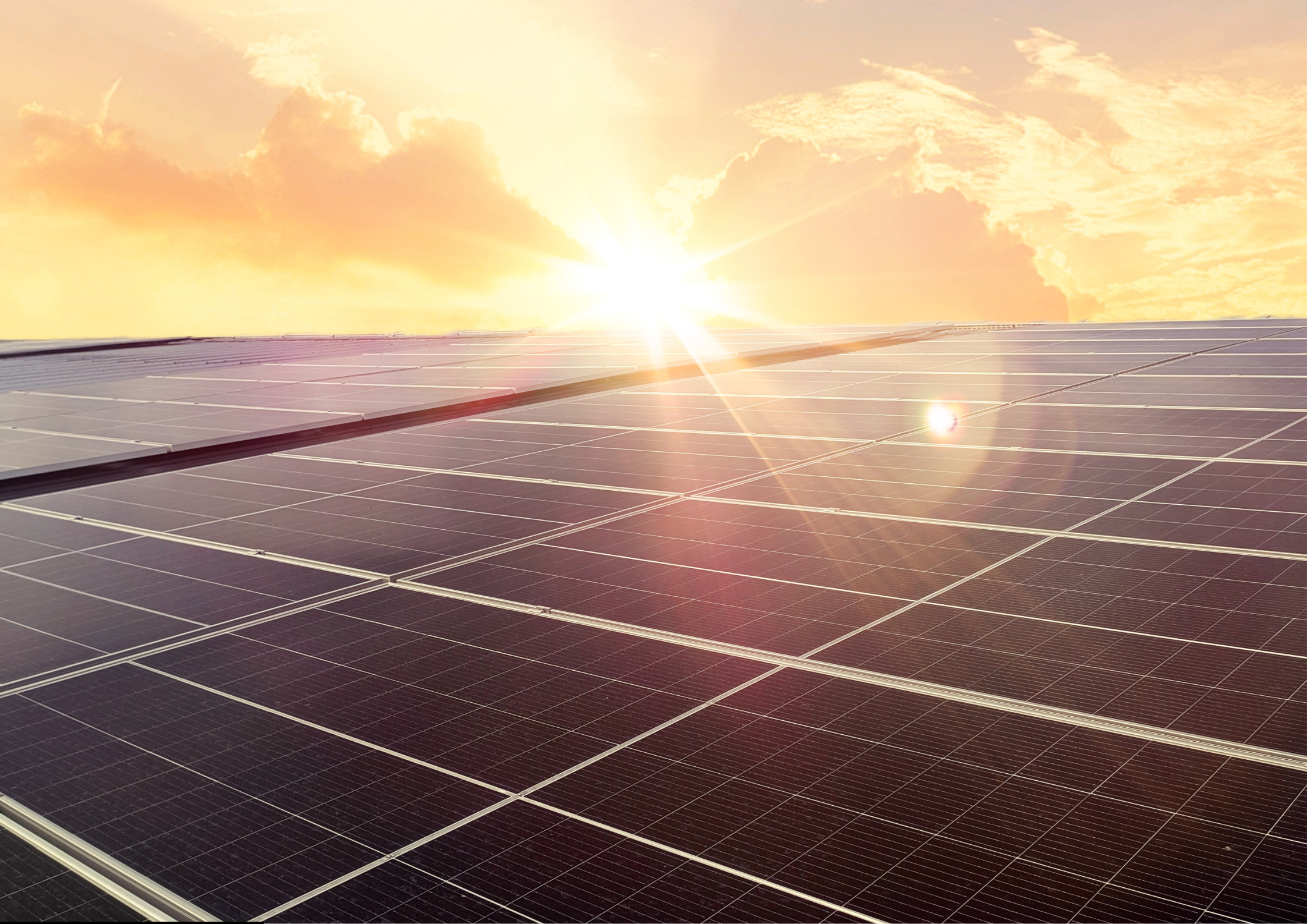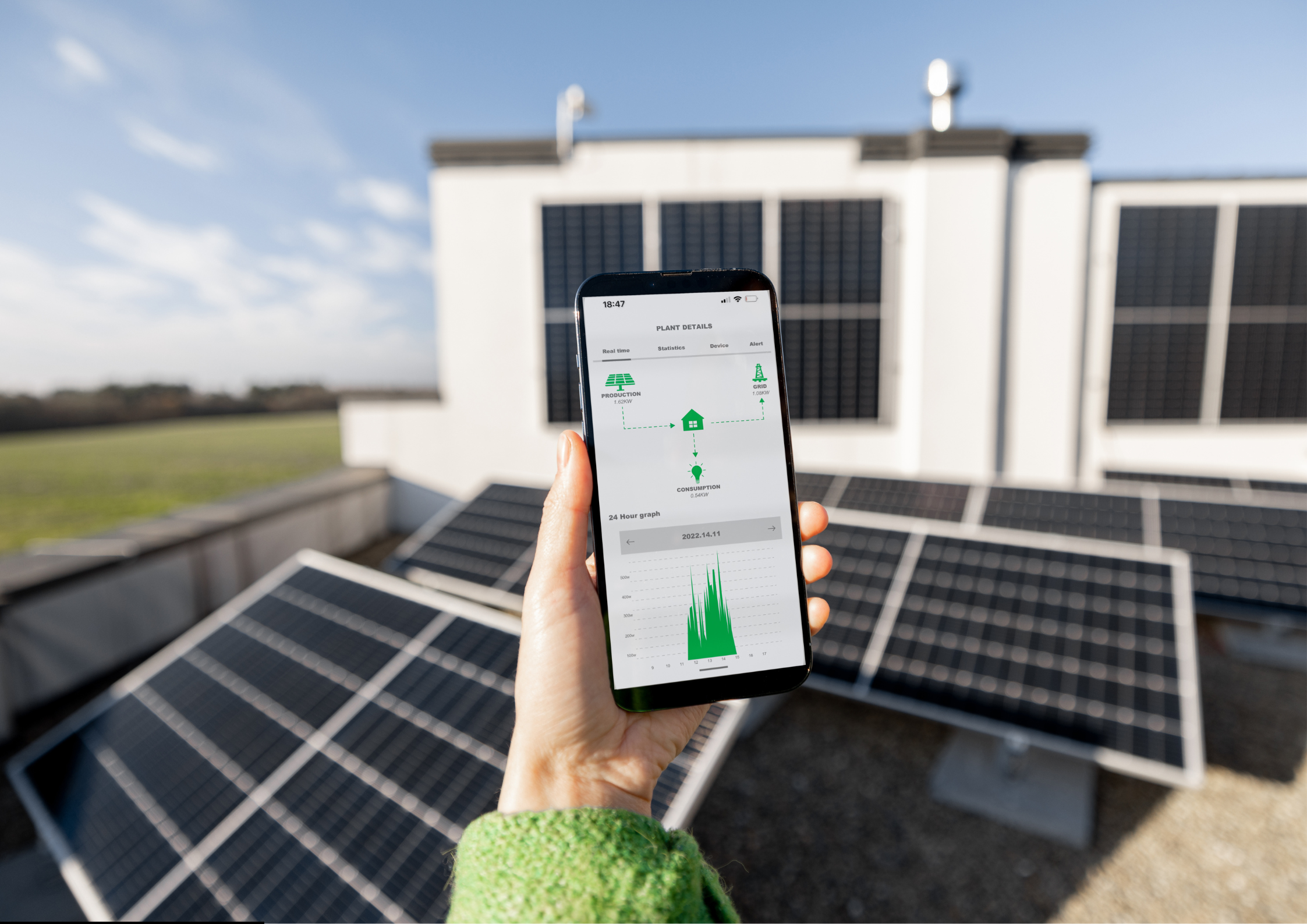
Why Solar Energy Solutions are Perfect for Sachse, Texas
Sachse’s abundant sunlight makes it an ideal location to embrace solar energy systems. With an average of 234 sunny days annually, homeowners and businesses can harness solar power to produce electricity efficiently and reduce energy costs. Investing in solar panels can lower your dependence on the electrical grid and provide reliable, clean energy year-round.
Understanding Solar Energy Systems and Their Components
Solar energy systems are composed of various components, including solar panels, solar batteries, and racking systems. Solar panels capture solar radiation and convert it into electrical energy using photovoltaic cells. These systems are designed to generate electricity that powers your home or business, ensuring significant savings on energy bills.
Solar Power for HVAC Systems
One of the key benefits of solar energy is its ability to support HVAC systems. Solar panels produce electricity to power air conditioning units, heaters, and ventilation systems. By integrating solar energy into your HVAC setup, you can save money, reduce your environmental impact, and enjoy year-round comfort.
Financial Benefits of Solar Energy
Solar energy offers substantial financial savings. With solar panel installation, homeowners can reduce energy costs and even eliminate their electric meter bills. Financing options make solar energy solutions more accessible, allowing you to start saving immediately without a hefty upfront investment.
Environmental Impact and a Sustainable Future
Switching to solar power contributes to a sustainable future. Solar energy systems produce clean energy, reducing reliance on fossil fuels and minimizing carbon emissions. By adopting solar technologies, homeowners in Sachse can play a pivotal role in combating climate change.
Solar Energy for Commercial and Residential Applications
Solar panels are versatile and can be installed on rooftops of homes or businesses. Commercial establishments benefit from reduced operational costs, while residential homeowners enjoy long-term savings and increased property value. Whether for a swimming pool or everyday energy needs, solar systems are an efficient solution.
The Role of Solar Batteries and Storage
Solar batteries store excess electricity generated during the day for later use. This stored energy can power your home during cloudy days or at night, ensuring a consistent energy flow. Batteries enhance the reliability and efficiency of your solar system, offering greater independence from the grid.
Overcoming Challenges in Solar Installation
Factors like roof condition, weather, and permitting can present challenges in solar panel installation. However, expert installers in Sachse use advanced tools and techniques to address these issues, ensuring a seamless and high-quality installation process.
Enhancing Performance with Quality Solar Components
Investing in high-quality solar panels and racking systems ensures optimal performance and longevity. By working with professionals, you can ensure your solar system is designed for maximum efficiency, delivering reliable energy for years to come.
Solar Energy for Heating and Hot Water
Solar power isn’t just for electricity—it’s also an excellent resource for heating systems. Solar technologies can be used to heat water for residential and commercial use, reducing reliance on traditional heating methods and lowering energy bills.
Making Informed Decisions About Solar Energy
Understanding the benefits, costs, and options available helps homeowners and businesses make informed decisions about solar energy solutions. Researching financing options, performance metrics, and potential savings ensures you choose the right system for your needs.
Solar Panel Installation: A Seamless Process
From consultation to permitting and final installation, solar panel installation is a straightforward process. Expert technicians handle all aspects, ensuring your system is tailored to your energy requirements and budget.
The Long-Term Savings of Solar Energy
Solar panels offer long-term savings by reducing monthly electricity costs. Over time, these savings can offset the initial installation costs, making solar energy an affordable option for homeowners and businesses alike.
Increasing Efficiency with Advanced Solar Technologies
New developments in photovoltaic cells and energy storage enhance the efficiency of solar systems. These innovations ensure more electricity is produced from sunlight, providing greater energy savings and environmental benefits.
Solar Energy Solutions Tailored to Sachse Homeowners
Local expertise ensures your solar system is customized for Sachse’s unique weather conditions and energy needs. From selecting components to optimizing performance, partnering with experienced solar installers guarantees the best results.
Why Solar Energy is the Future of Energy Solutions

Solar energy represents the future of sustainable living. Its affordability, efficiency, and environmental benefits make it an essential choice for anyone looking to reduce energy costs and live more sustainably in Sachse, Texas.
By choosing solar energy solutions, you’re not just saving money—you’re investing in a cleaner, greener future. Embrace the power of the sun today and start enjoying the benefits of renewable energy!
Understanding Solar Energy Solutions
Solar energy solutions harness the power of the sun to generate electricity. By installing solar panels on your property, you can convert sunlight into energy for your home, including your HVAC system. Here’s a breakdown of how this works:
- Solar Panels: Capture sunlight and convert it into DC electricity.
- Inverter: Transforms DC electricity into AC electricity used by household appliances.
- Energy Storage (Optional): Excess energy can be stored in batteries for later use.
- HVAC Integration: The electricity powers your heating, ventilation, and air conditioning systems.
This sustainable approach not only reduces reliance on the grid but also cuts down your monthly energy costs.
Benefits of Using Solar Energy for Your HVAC System
Switching to solar energy solutions for your HVAC system offers several benefits:
- Lower Energy Bills: Generate your own power, reducing or eliminating your electricity bills.
- Environmental Impact: Decrease your carbon footprint by relying on clean energy.
- Increased Property Value: Solar installations can boost your home’s resale value.
- Tax Incentives: Federal and local tax credits in Sachse, Texas can offset installation costs.
- Energy Independence: Be less affected by rising energy costs.
How Solar Energy Powers Your HVAC System
Your HVAC system is one of the largest consumers of electricity in your home. Integrating solar energy solutions can drastically reduce its operating costs. Here’s how:
- Peak Efficiency: Solar panels produce the most energy during daylight hours, coinciding with peak HVAC usage in summer.
- Smart Thermostats: Combining solar power with smart thermostats optimizes energy consumption.
- Backup Batteries: Ensure your HVAC runs smoothly, even during cloudy days or power outages.
Local Benefits of Solar Energy Solutions in Sachse, Texas
Sachse, Texas, is an ideal location for solar energy solutions thanks to its abundant sunshine. Additionally, many local communities, churches, parks, and festivals are embracing renewable energy. For example:
- City+Solar Energy Solutions: Sachse’s city initiatives promote sustainable practices for homeowners and businesses.
- Communities+Solar Energy Solutions: Local neighborhoods are forming solar co-ops to reduce costs.
- Local Church+Solar Energy Solutions: Churches like Sachse Community Church are adopting solar for their energy needs.
- Local Park+Solar Energy Solutions: Parks such as Salmon Park now feature solar-powered amenities.
- Local Festival+Solar Energy Solutions: The Sachse Fall Fest showcases eco-friendly vendors promoting solar energy.
Key Data on Solar Energy and HVAC
Here’s a quick look at how much you can save by combining solar energy solutions with an energy-efficient HVAC system:
|
Feature |
Standard HVAC Cost |
Solar-Powered HVAC Cost |
| Annual Energy Usage | $2,400 | $200 |
| Carbon Emissions (tons) | 8.5 | 0.5 |
| Maintenance Costs (avg.) | $150/year | $100/year |
Switching to solar can save you up to 90% on energy costs annually!
How to Get Started with Solar Energy Solutions
- Assess Your Energy Needs: Calculate your HVAC system’s energy consumption.
- Choose the Right Panels: Opt for high-efficiency panels suitable for Sachse’s climate.
- Find a Reliable Installer: Work with trusted professionals like Equal Heat & Air.
- Take Advantage of Incentives: Look for local rebates and federal tax credits.
- Maintain Your System: Regularly clean and inspect panels for maximum performance.
Why Choose Equal Heat & Air for Solar HVAC Integration?
When it comes to solar energy solutions, Equal Heat & Air is your go-to provider in Sachse, Texas, and the surrounding Dallas-Fort Worth area. Here’s why:
- Expertise: Decades of experience in HVAC and solar energy systems.
- Quality Service: Committed to customer satisfaction and tailored solutions.
- Affordability: Competitive pricing with financing options.
- Local Knowledge: Familiar with Sachse’s climate and energy regulations.
Visit Equal Heat & Air to explore solar energy solutions that will slash your power bills and transform your HVAC system. Don’t wait—make the switch today for a brighter, greener tomorrow!
